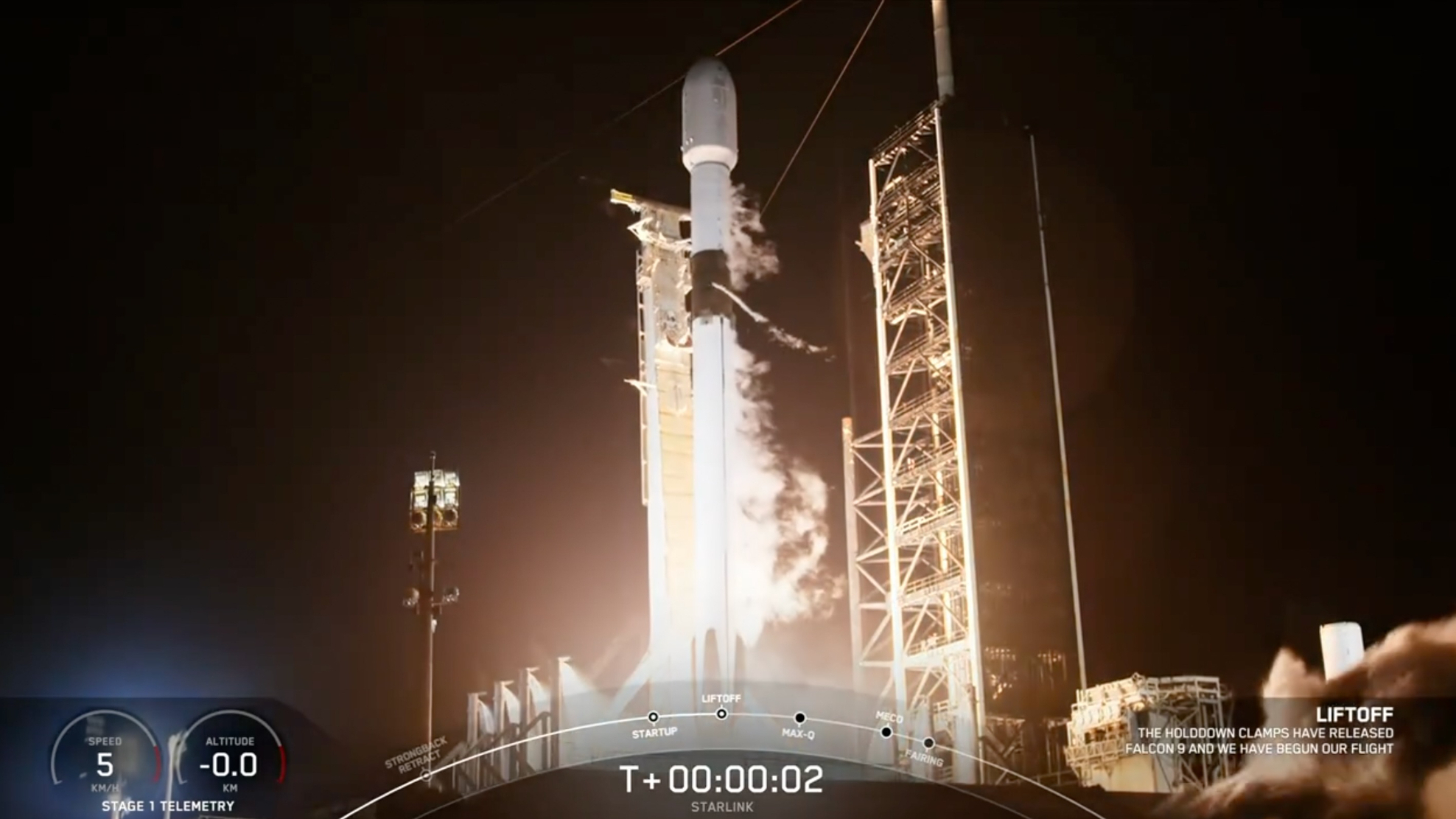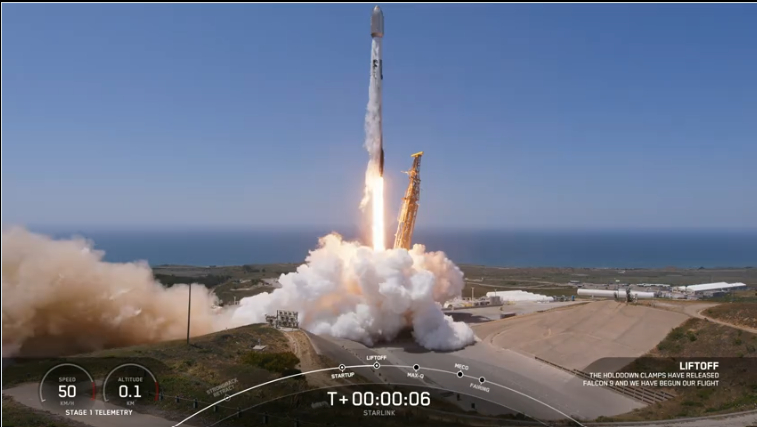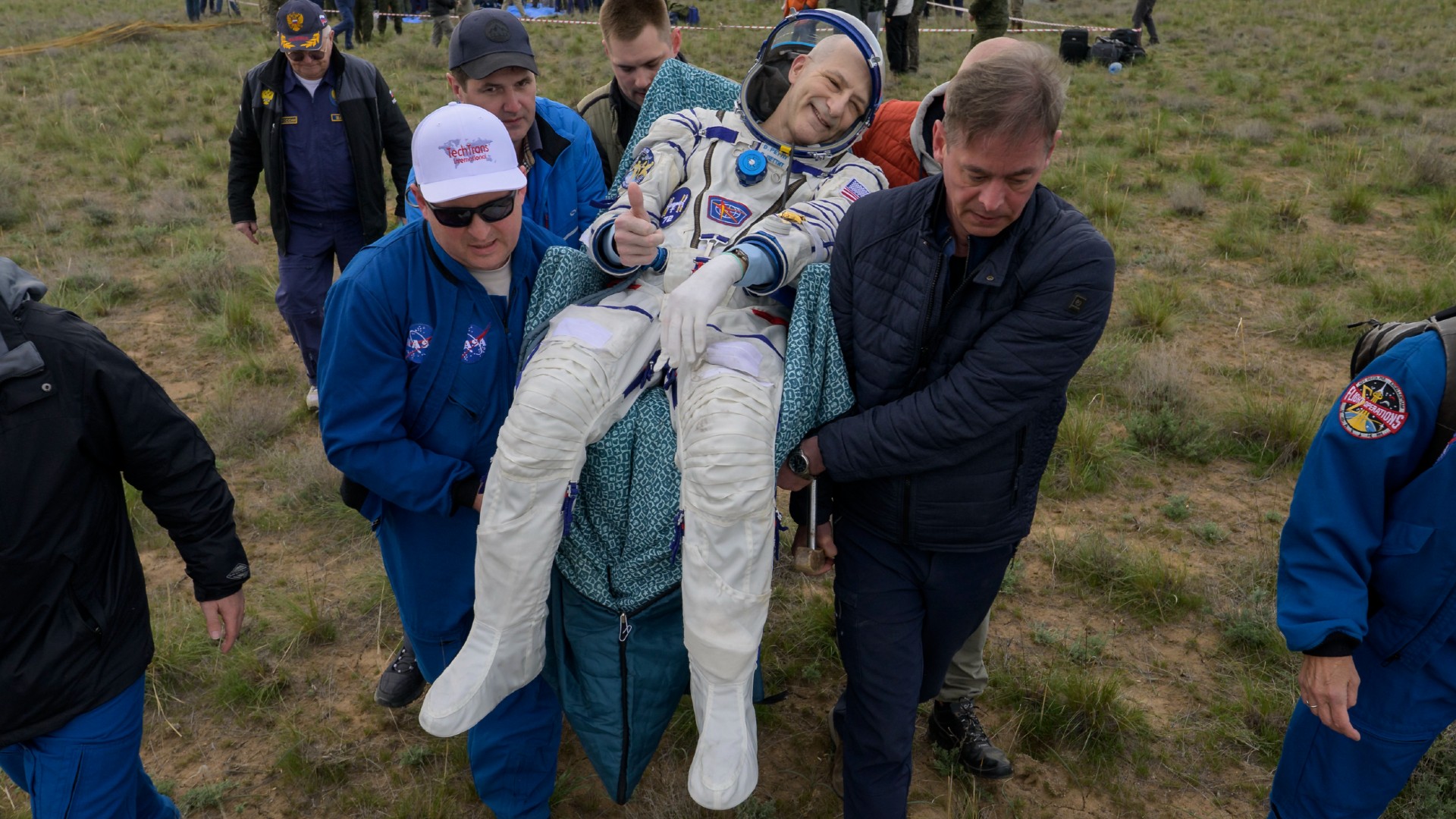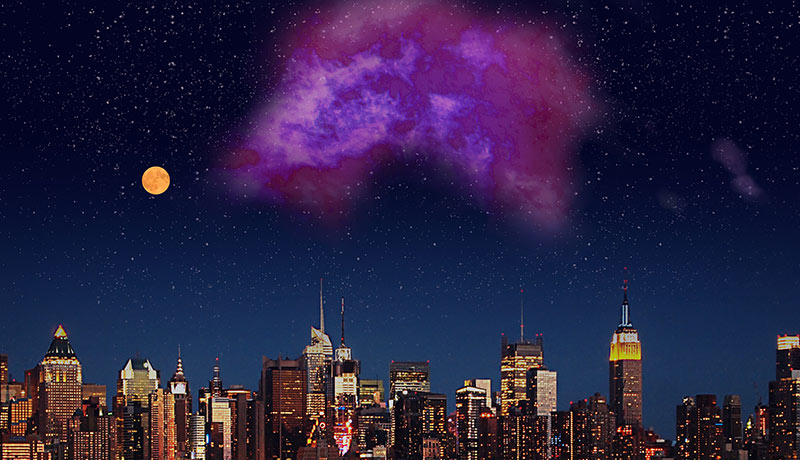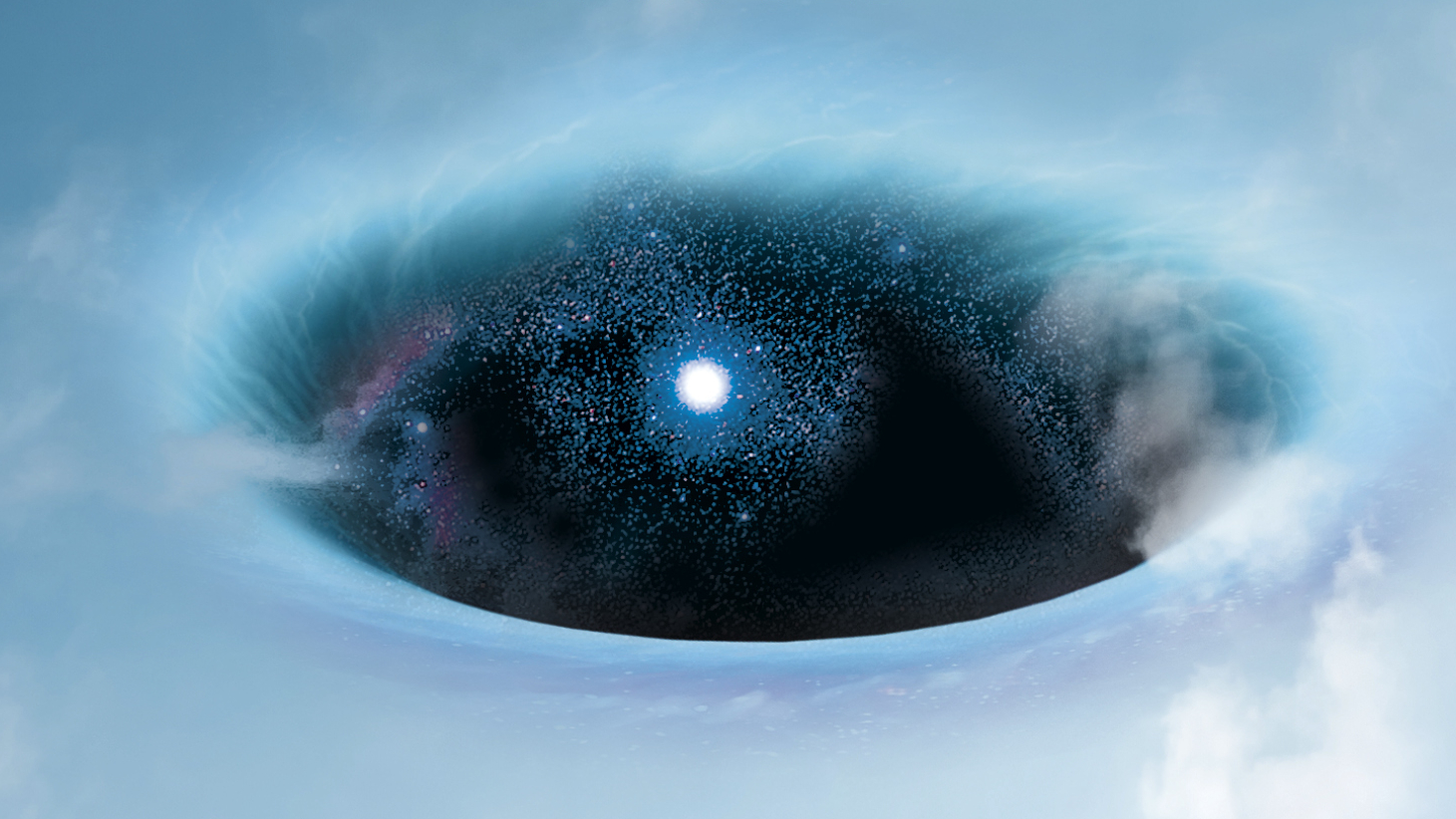Is Mars Infested With Pareidolia Rats?
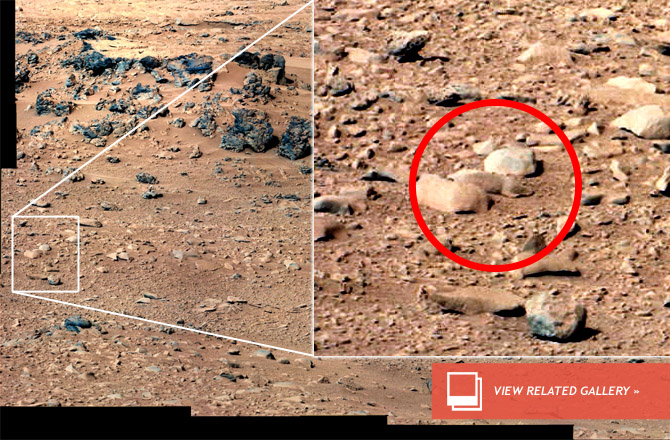
It has finally happened. Not content with (potentially) infecting the pristine Martian surface with our germs, it appears that we’ve sent a rat (yes, a whole rat) to the Red Planet. And this isn’t some far-fetched hypothesis, there’s photographic evidence!
NASA’s Mars rover Curiosity snapped this panorama (above) of the “Rocknest” site with its MastCam camera on sol 52 (Sept. 28, 2012) of the mission. Now, with a keen eye and fertile imagination, a UFO enthusiast realized there was a camouflaged rodent hiding in the rocks. Needless to say, there’s no other evidence supporting this claim, it’s just something that looks like a rodent.
But as you may have guessed, after exercising an ounce of logical thought, what was once a cute furry four-legged creature suddenly becomes… wait for it… this is a good one… a rock. And there you have it ladies and gentlemen: We’ve found a rock on Mars… that looks like a rat.
VIDEO: What’s With the Mars Methane Mystery?
This certainly isn’t the first time shapes on Mars have fooled the brains of many. What’s more, there’s a name for this psychological phenomenon: pareidolia — possibly an evolutionary trait.
This psychological oddity makes us see familiar objects in apparently random shapes, such as Mars yetis, faces, elephants, black ops bases and parrots on Mars. Pareidolia is the same thing that makes us see the face of Jesus Christ in burnt toast and bunnies in clouds.
PHOTOS: Mars Through Curiosity’s Powerful MAHLI Camera
Get the Space.com Newsletter
Breaking space news, the latest updates on rocket launches, skywatching events and more!
Perhaps it’s time to engage some upper-level reasoning and realize that just because there’s a rock on Mars that looks like a rat (whether its a trick of the light, or if it’s genuinely shaped like a small mammal), it doesn’t mean that it is a rat. There is also the possibility that the whole “Mars rat” thing isn’t serious at all and judging by the way the initial report is worded, it could go either way.
Regardless, the story is now in the mainstream and it’s highly likely that our Mars rat will soon get his own Twitter account. Therefore, it’s worth reminding the world that Mars cannot support complex biology like rodents and it’s highly unlikely that any basic lifeforms can be found on the Red Planet’s barren surface today (although there may be some pockets of modern day habitability below the surface).
ANALYSIS: NEWSFLASH: Mars is Toxic
Out of interest, a few years ago, I grabbed a high-resolution photo from NASA’s Mars rover Opportunity of an outcrop at Victoria Crater. After some time staring at the photo, I spotted over a dozen “faces” etched into the rock. Do you think Opportunity had wondered into an alien sculpture gallery? Or was it more likely that I’d been staring at the computer screen too long, wanting to spot odd, artificial shapes?
Like our UFO enthusiast, it’s probably the latter.
This story was first published on Discovery News.
Join our Space Forums to keep talking space on the latest missions, night sky and more! And if you have a news tip, correction or comment, let us know at: community@space.com.
Ian O'Neill is a media relations specialist at NASA's Jet Propulsion Laboratory (JPL) in Southern California. Prior to joining JPL, he served as editor for the Astronomical Society of the Pacific‘s Mercury magazine and Mercury Online and contributed articles to a number of other publications, including Space.com, Space.com, Live Science, HISTORY.com, Scientific American. Ian holds a Ph.D in solar physics and a master's degree in planetary and space physics.
